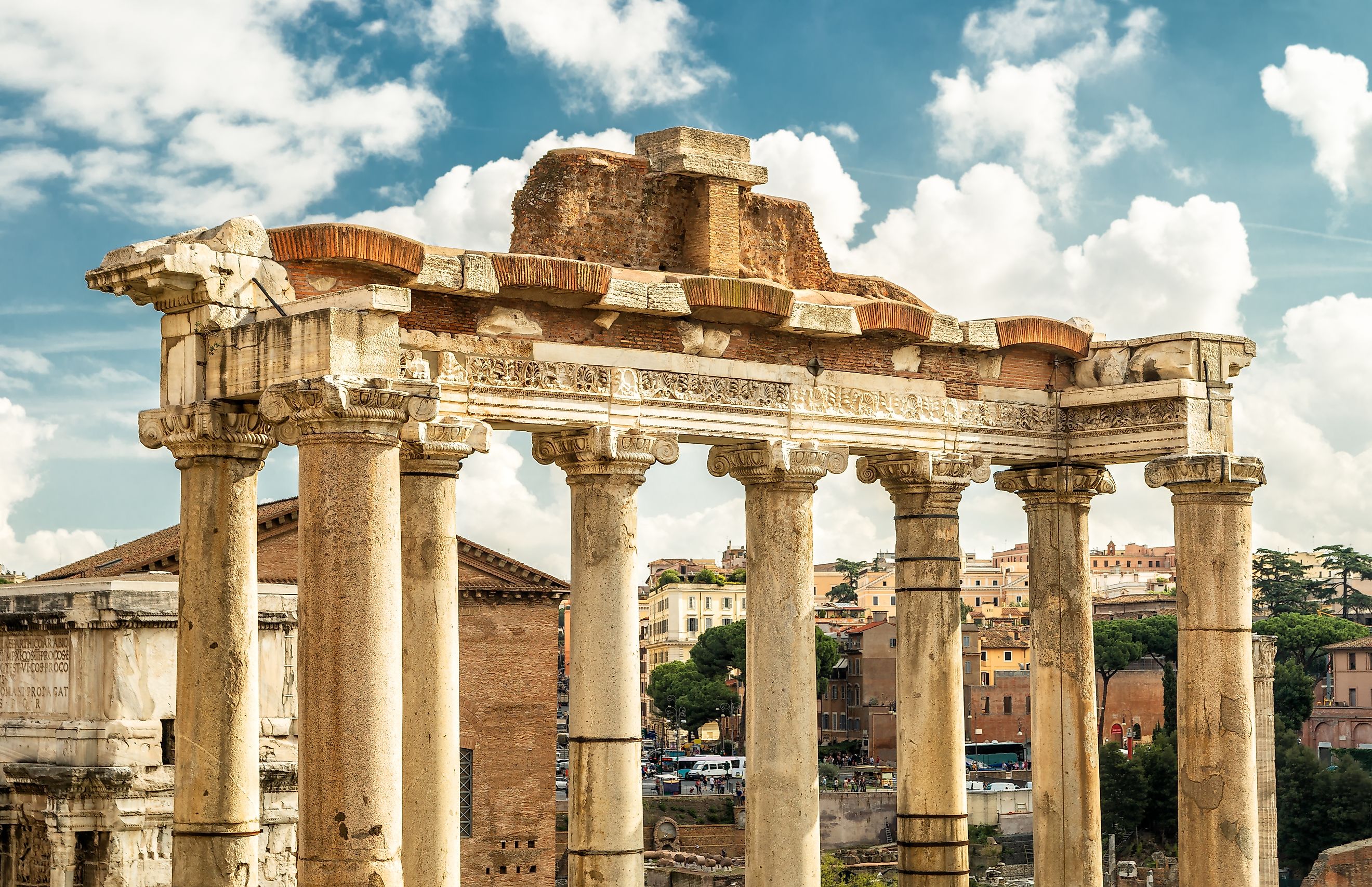
11 Unresolved Questions About Ancient Rome
Ancient Rome has always been full of mystery and suspenseful events. With many scholars and historians endlessly hoping to uncover new information about its upbringing, cultural legacy, and other historical factors, so many unresolved questions remain regarding its people and politics that seem to arouse curiosity. Originally an eighth-century BC town, the central Italian landscape has been scrutinized for ages. These questions are the most intriguing ones that still puzzle the world!
What happened to the Lost Roman Legion?
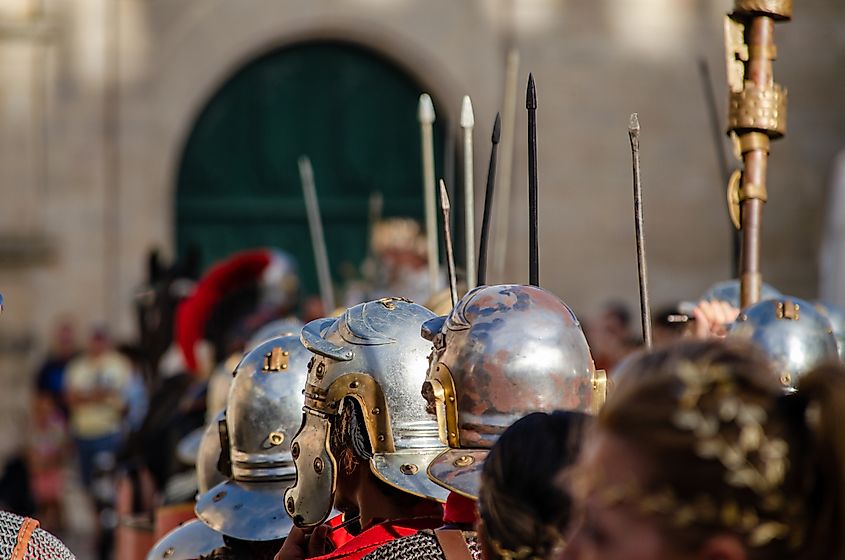
Until AD 108, it was documented that Legio IX Hispana, an elite regiment of the Imperial Roman Army acquired under Julius Caesar, was a powerhouse for Ancient Roman history in its defense against tribal forces. However, recordkeepers believe they mysteriously disappeared after their primary conquests. Many argue that the entire Legion had no real footprint in its expeditions despite its presence. It is assumed from inscriptions found over half a century later that something disastrous occurred that disbanded or led its forces astray; a long-held theory from the 1800s is that the Celts of northern England had neutralized the entire Legion. Still, few scholars think the Ninth Legion was supposedly at its demise when Hadrian's Wall was constructed in AD 122.
Another odd element in this chain of events is that the Legion had a random appearance in Germania Inferior in AD 121. Presently, the only physical evidence we can find is a written inscription about the Legion left behind in York. Legio IX Hispana is a truly bizarre one!
Did Ancient Romans practice forms of Mithraism?
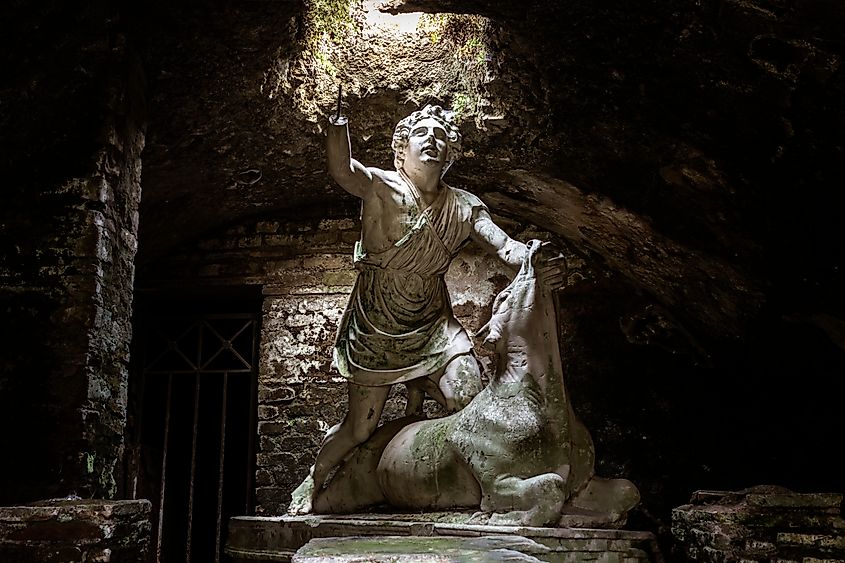
One of the most unique practices that remains a mystery is Mithraism, a secretive cult element recorded as an influential source of faith and celebration for Ancient Romans. Mithraism, defined as an Indo-Iranian following of the deity known as Mithras, has garnered interest from outsiders as a mysterious following similar to Eleusinian philosophies and Demeter cults in Ancient Greece. Ancient Roman practices were always tricky to uncover from scholarly research and archaeological foundations laid out for centuries.
Despite almost no hardcore evidence to support the claim that Mithraism was the most notable cultural influence, it is still historically accurate that cults had been around in Rome during the 1st century AD and were able to spread across underground temples and hidden cave networks. It is uncertain if the Romans looked up to Mithra as a key source of religion and spiritualism or if the sun goddess known as Sol was a hoax. It is widely speculated that most Mithraism followers within Ancient Rome were instructed not to share their knowledge or location with the outside world, making this cult sound a bit more suspicious and contradictory to original beliefs about it being widely accepted.
Was there chemical warfare during the Siege of Dura-Europos?
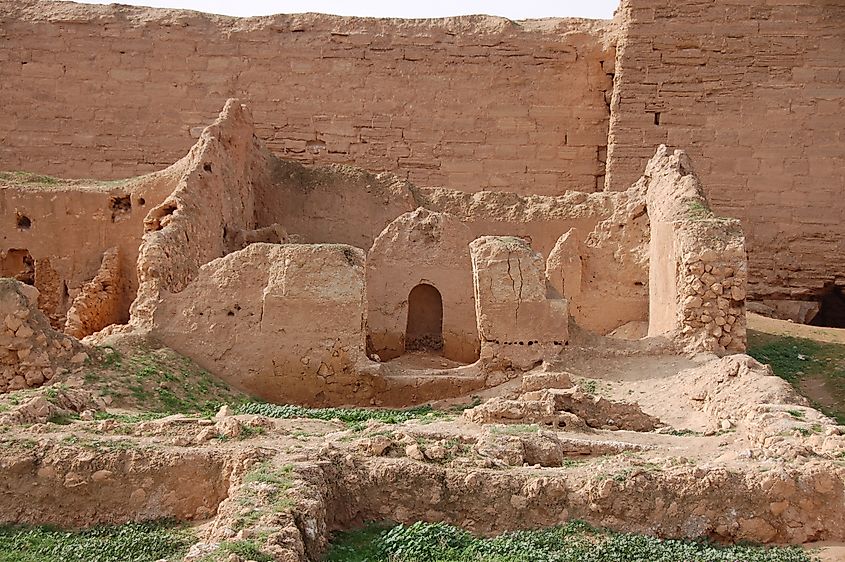
Around AD 256, the Roman Empire had fought Sasanians at the Siege of Dura-Europos, in what we know today as Syria. With heavy garrisons and countermines used to defend and retaliate against each other, both sides were met with violent outcomes. One of the surprising elements in this case is that the Sasanians used toxin clouds to suffocate and burn their enemies, resulting in Roman casualties.
The mystery behind this ordeal is whether this was the first known chemical warfare incident during Ancient Roman times, or if this was just a simple use of poison arrows and smoke to make a statement against outsiders. The discovery of previously used arrows and toolkits being one of the only archaeological discoveries that prove what happened is still a challenge that remains unsolved, as a few scholars resonate more with the understanding that Greeks and Spartans were the first to be impacted by toxic gases. Others who followed Ancient Roman history up to its collapse argue that it could not have been chemical warfare that killed off the Romans, but rather a tunnel collapsing on them.
What is the Villa of Mysteries really about?
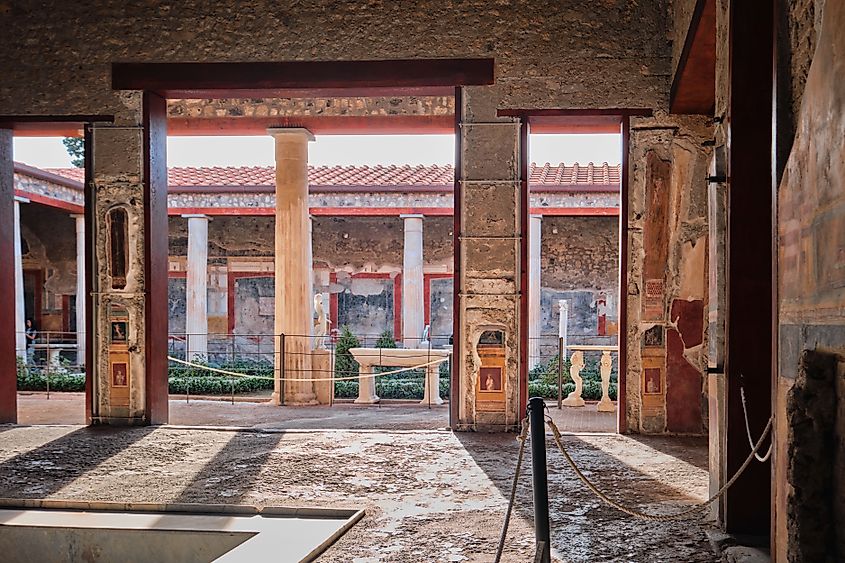
Within a suburban countryside villa outside of Pompeii lies mysterious wall frescoes that have been in existence for over 2,000 years. These beautiful frescoes seemingly dictate an "initiation" of a bride into a Greco-Roman mystery cult. The frescoes within the villa chambers showcase Dionysus and a sensual ritual that involves both spiritualism and a rite of passage or ceremony, generating much debate.
The true enigma behind the villa seems to originate from what the Istacidii family once did during their time in Rome, and more importantly, why they made such frescoes come to life. Some argue that the room of frescoes is just a dining room, while others believe that there was an incident with a mistress that led to the painting of such frescoes. Locals who studied the villa rationalize that there is some sort of cult initiation that has led to questions about the murals as a form of storytelling about the narrative and characters. One of the key characters in the mural appears as Aura, a mythological wind deity found in Bacchic symbolism who is filled with fear while running away, indicating that there could be more than just a marriage taking place.
What were Roman dodecahedrons used for?
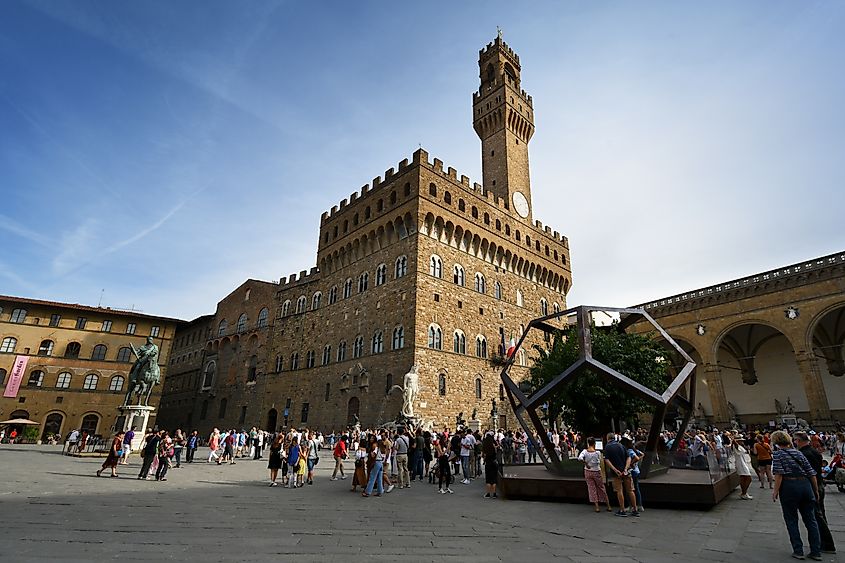
In 1739, residents of Hertfordshire discovered a Roman dodecahedron, which resulted in lots of theories and speculation about its origin. The mystery behind the pentagonal object has been a true fascination among skeptics and theorists for a long time, considering that it not only is an oddly shaped object but also has no recorded history of being used for anything aside from its creation by Ancient Romans. While these objects were first discovered in the 17th century, there was no way to determine what they were used for.
There were multiple sightings of them later on, mainly in parts of Roman Britain and Gaul, while others were noticed in present-day locations like Austria, Switzerland, Hungary, Germany, and France. The dodecahedron has been a pivotal theory-crafting element due to its hypothetical foundation, and there have been dozens of questions involving the use of the object in everyday life. The most common theories related to the object included it being a decoration or luxury item, a candlestick holder, a cosmic cult object, or even a simple jewelry hangar. Still, there are way too many other assumptions about what purpose this strange object served back then.
Where are the remaining volumes of Livy's work?
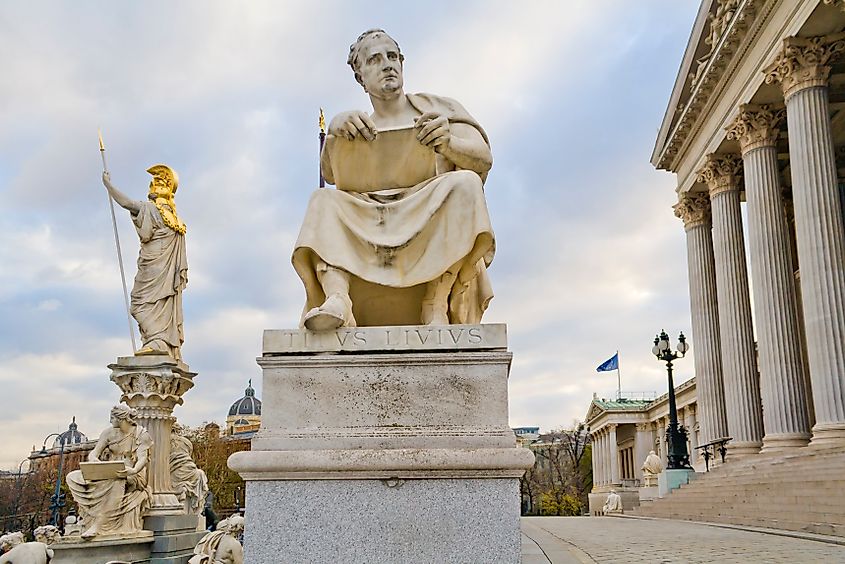
Between 27 BC and 9 BC, Titus Livius, commonly known as Livy, wrote a comprehensive work titled Ab Urbe Condita, translated to "From the Founding of the City". In his 142-volume chronicle, he laid out the importance of Ancient Rome and its early foundations as a kingdom that eventually became a powerful empire, and had lots of insights on regional struggles and political leadership. While the work was unearthed by researchers and historians in the present, there are still missing volumes in the manuscript, making things more interesting.
As of now, there has been no evidence of any missing volumes being found, despite there only being 35 volumes currently available for readers, each volume denoting a theme about Ancient Roman expansionism and leadership legacies of Romulus and Remus, leading up to Emperor Augustus. The mysteries of what happened during Roman times still intrigue the public as those remaining volumes have yet to be uncovered by anyone. Of the 142 volumes in total, the visible ones are nevertheless a breathtaking find!
What was the purpose of the Baiae Tunnels?
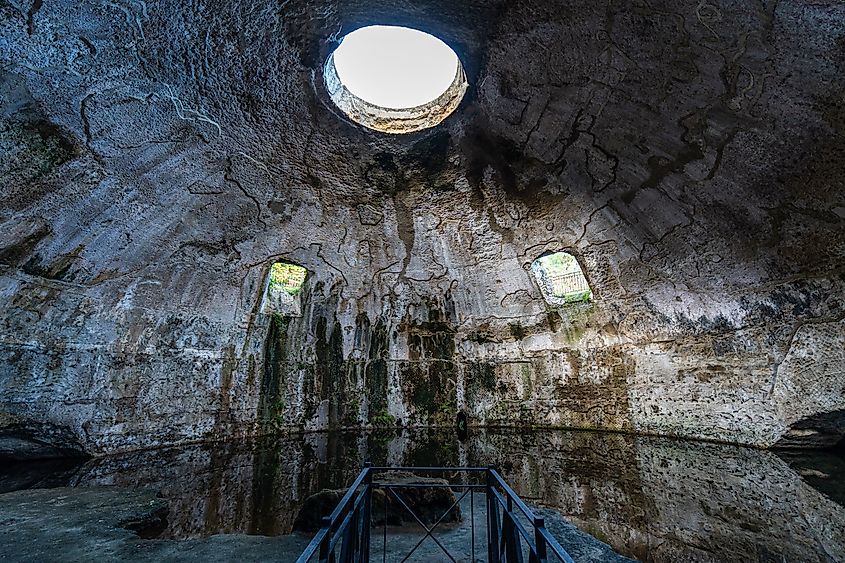
Baiae was once a Gulf of Naples resort town and holiday getaway destination for the Ancient Romans. The town was a thermal bath escape but eventually submerged into the seas when underground volcanic activity occurred. While explorers and archaeologists have found its ruins and remains from long ago, the town's preserved tunnel systems are still a crucial mystery in this context.
The dark tunnel systems used by Romans in ancient times were quite the folklore marvel for all who wanted to witness them, and they were a seemingly important passageway. Those who have claims about the tunnels argue that they were a symbolic or mythical route to the underworld, while others purport that they were a general transportation system for cult followers. Some people say that ceremonies always took place within these tunnels. There are too many questions and insufficient answers to solve this mystery!
What made silphium so special?

A key solution for most health problems in Ancient Rome was to use silphium, which historians described as a "miracle herb". Its purpose was to treat and counter many issues posed to civilian health back then, but people still wonder what made it so magical. The city of Cyrene in present-day Libya had the herb inscribed as a symbolic seal on its coins, while Julius Caesar once kept a secret stash of it within his treasury.
There is no real best guess as to what silphium was made of, but educated hypotheses suggest that the herb derived from a plant stalk that was often gifted to Emperor Nero in the early days of the Roman Empire. While there is only a small bit of written evidence providing clarification on this subject, it is easy to see that the herb was a medicinal remedy for so many people despite nobody knowing anything about it, making this a fascinating mystery. One aspect that surprises biologists is that the herb may still be around and hiding in plain sight!
Who is resting within the "burrito" sarcophagus?
Back in 2010, archaeologists discovered an ancient tomb in the city of Gabii. The tomb, known as the "burrito" sarcophagus, was an impressive Roman casket with rectangular features and unique lead attributes. The key question that remains is who exactly is buried within it. Many specialists in the field tried to find out using X-rays, CT scans, and other means of determining an answer, but no efforts would work as the layers were tightly sealed and the use of force would only damage the tomb, leaving everything up to best judgment at this point.
Theorists believe that the coffin contains a renowned foreign dignitary or famous gladiator from Ancient Rome, while others believe that the sacred object is just a random dig-up that does not have anyone famous inside. Still, the mystery behind who may be inside the sarcophagus will always raise eyebrows.
Who was Locusta of Gaul?
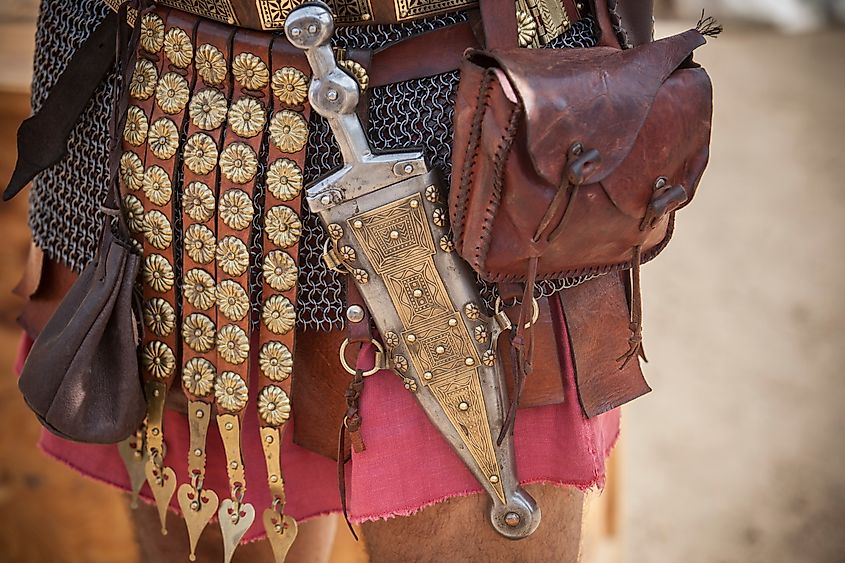
There are many stories related to an infamous serial killer who lived in Ancient Rome during the 1st century Roman Empire. Locusta of Gaul was theorized to be a notorious criminal who carried out poisonous assassination attempts against the empire's most hated civilians and supposedly Roman imperial court members. According to historical evidence, Emperor Nero once hired this ruthless assassin to do his bidding for some time before the Roman Empire fell apart. Historians dictate that she was attractive to the Julio-Claudian dynasty because of her slave upbringing, making her a strong asset against a former empress's husband in AD 54.
There are many burning questions about whether she was a killer or a mere antidote-giver who failed at her job. Examinations of her past prove that after Nero committed suicide, Locusta was condemned to death or publicly executed, but some refute this and argue that she mysteriously disappeared after his death. For modus operandi, Locusta was thought to have used arsenic, death cap mushrooms, and other deadly substances to carry out her plans. With a reputation for crime and poisons, she is a widely debated historical figure when it comes to talking about the earliest mass murderers.
What happened to the man with a stone tongue?
In 2017, archaeologists in England dug up a male skeleton tracing back to Ancient Rome. The figure had been buried face down with a stone in his mouth replacing his tongue, which immediately caused questioning. Many excavators and theorists wondered what happened to the man and why his tongue was missing from his mouth.
The corpse had been treated in a haunting way and some suspect that the man who was buried may have been mutilated due to his tragic acts, but for those who oppose this theory, it is more likely that he was part of a ritual or ceremony. One can even assume that the man may have had a mental illness or condition that forced him to remove his tongue. There are many alternating theories about this individual and what the Romans did to him back then that still shock people today.
The Enduring Mysteries of Ancient Rome
These unresolved questions seem to be the most challenging yet fascinating for theorists and historians of all backgrounds. For generations, the world has witnessed Roman transformations and historical upbringing, but nobody can truly know what happened in the civilization's past when it comes to discovering lost faith or unearthing hidden artifacts. While there are so many questions yet to be answered and fulfilled properly, this list has everything one needs when it comes to learning about the biggest mysteries of Ancient Rome!











